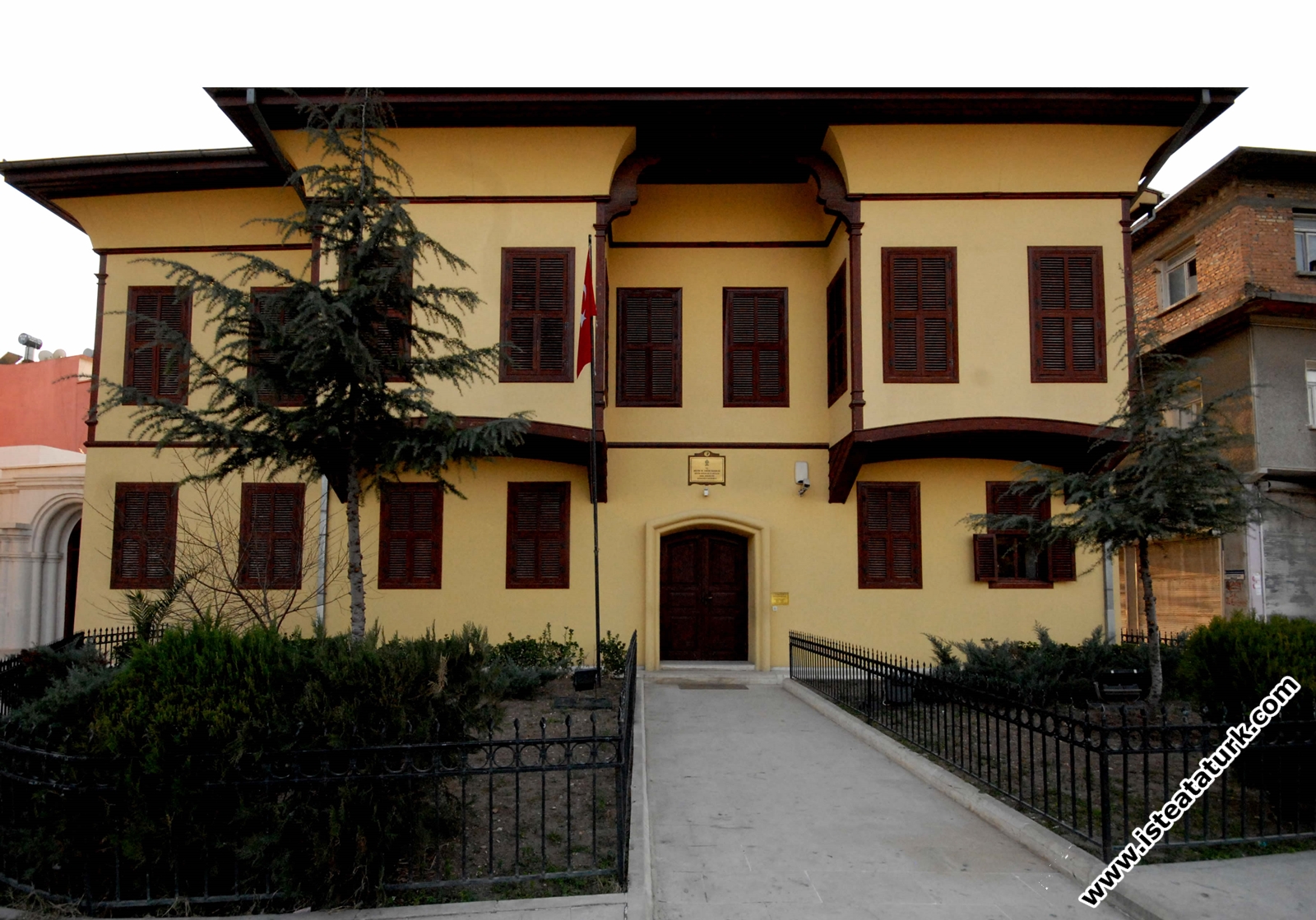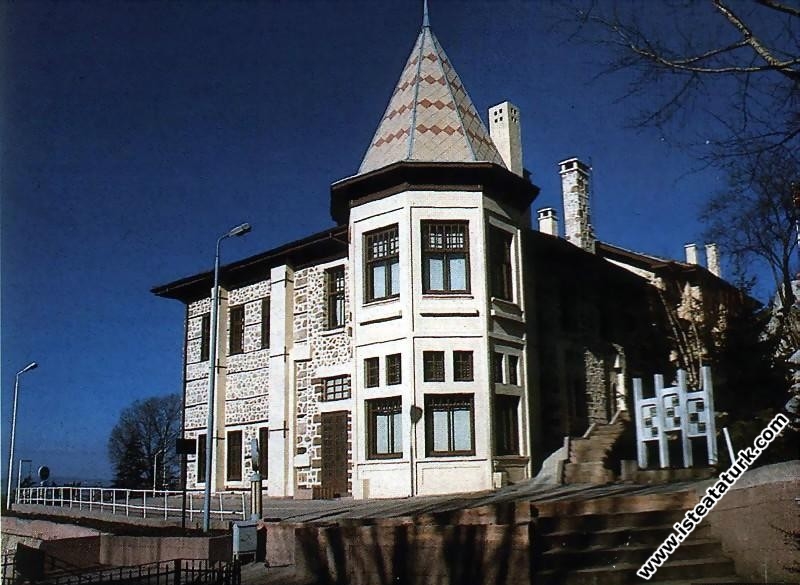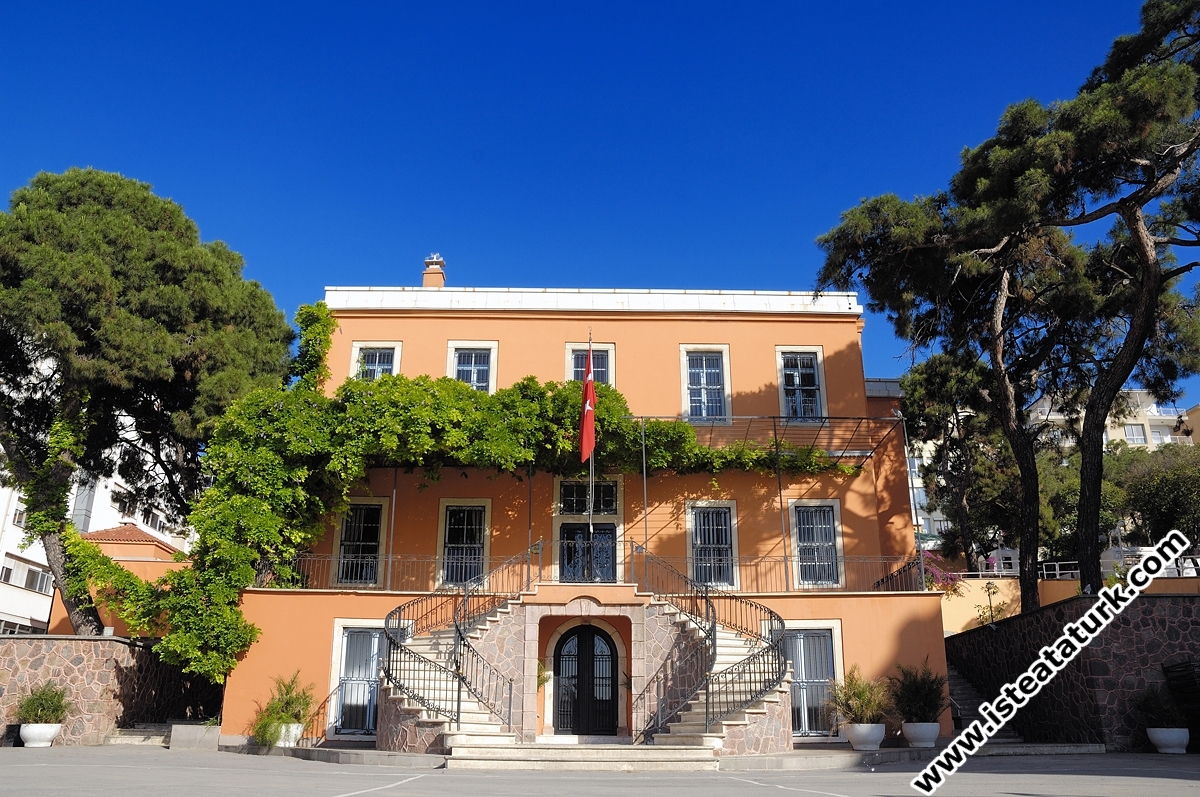
Adana - Atatürk and Culture Museum
Character Size
Adana - Atatürk and Culture Museum
Adana - Atatürk and Culture Museum
Adana - Atatürk and Culture Museum was organized in the Old Suphi Pasha Mansion in 1982 and opened to visitors.
After the Great Victory, Atatürk made his first trip to Southern Anatolia as the Commander-in-Chief and the Speaker of the Turkish Grand National Assembly in mid-March 1923. He was accompanied by his wife Latife Hanım, whom he married a month and a half ago in Izmir, and some of his deputies and aides. The special train, which departed from Ankara on March 13, 1923, entered Adana Station on March 15, 1923, after a short stop in Konya.
Adana had never seen such a crowd together since it became Adana. The city was decorated with flags, and carpets were laid on the streets where Atatürk would pass. After the welcoming ceremony at the station, Atatürk went directly to the Government House and from there to the Suphi Pasha Mansion, which was prepared for him.
This was Atatürk's second visit to Adana. Atatürk first came to Adana from Aleppo as the Commander of the Yıldırım Armies Group on October 31, 1918, stayed at the Command Headquarters for 10 days, and then went to Istanbul. He was now coming to Adana as both the Commander-in-Chief and the Head of State.
Atatürk and his wife Latife Hanım were guests at Suphi Paşa Mansion for two nights. This mansion was in Adana, on the banks of the Seyhan river, between the Old Bridge and the New Bridge. It was built in 1882 as Regiment Office and lodging. In 1902, Adanalı Suphi Pasha bought the Mansion and added some rooms. As soon as it was learned that Atatürk was coming to Adana, Adana Mayor Ali Münif (Yegena) had chosen this mansion as the most suitable place for him to stay. As a matter of fact, when Atatürk came back to Adana on January 13, 1925, he was hosted in this mansion again. From now on, Suphi Pasha Mansion was known as Atatürk House.
Today, the mansion, which is organized as the Atatürk and Culture Museum, is entered through an arched door overlooking the river. From here, it is passed to a large hall called Selamlık. On the ground floor there are three rooms, a cellar and a kitchen. A staircase in the living room leads to the upper floor. Upstairs there is a big hall, rooms, harem etc. Atatürk slept in the corner facing the street in the north of the mansion and in the room with a bay window, and used the adjacent room as a study. There is a second entrance door on this side of the mansion.
To the south of the Suphi Paşa Mansion (Atatürk House), which is covered with a brick roof, there is a large garden with a pool.
Parts of the Museum
Downstairs
Study Room: This is the section where the local newspapers Yeni Adana, Türk Sözü, Çukurova and Dirlik, which were published during the War of Independence and in the following years, are located.
Library: There are nearly 2000 books written in Ottoman and Turkish (Latin letters). Most of the books were provided by donation.
Upstairs
Sofa: There is a wax statue of Atatürk made by retired officer Nevzat Duruak.
Bedroom: There is a brass bedstead, a silver embroidered bed, a tablecloth, as well as two armchairs and a wardrobe made of Maraş.
Study Room: There is a Maraş armchair, a table, a chair, a telephone, a cupboard and a portrait of Atatürk.
Press Room: There are bound Pozantı copies of Yeni Adana Newspaper and framed pictures of its employees in the showcase.
Mujahideen Room: There are portraits of Gani Girici and some mujahideen, a medal belonging to Gani Girici and a clock set to 9:05 for Atatürk's death.
Living Room: There are walnut chairs, hookah, metal barbecue, rugs and carpets.
Hatay Room: When Atatürk came to Adana, a group headed by Ayşe Fıtnat Hanım came to Atatürk's presence from the French-occupied Hatay and presented him with black roses. On the other hand, Atatürk said, "Forty centuries old Turkish homeland cannot remain in the hands of the enemy." he said. Mannequins have been put on to explain this event. There are also walnut carved coffee tables, Turkish flag and photographs of the delegation from Hatay in various sizes.
Weapon Room: There are rifles of different types and sizes, pistols, pasha epaulets, a model of the house where Atatürk was born, a sample of the stone that went to Anıtkabir from Osmaniye, and coins from various years in the showcase.
Adjutant Room: In the room where Atatürk's aide-de-camp stayed, there is a brass bedstead, silver and silver embroidered bedspread, a walnut veneered wardrobe, a metal pitcher and a basin.
Kuva-yi Milliye Chamber: There are busts of Atatürk, İsmet İnönü and those who contributed to the Kuva-yi Milliye period and started the Kuva-yi Milliye movement.
Atatürk Museum is open to visitors on all days except Mondays. Turkish students and soldiers visit the museum free of charge.
Source : 1- A A M, Atatürk Evleri Atatürk Müzeleri, Mehmet Önder, Türk Tarih Kurumu Basımevi 1993, ISBN: 975-16-0077-4. Sayfa:46
2- www.kultur.gov.tr

